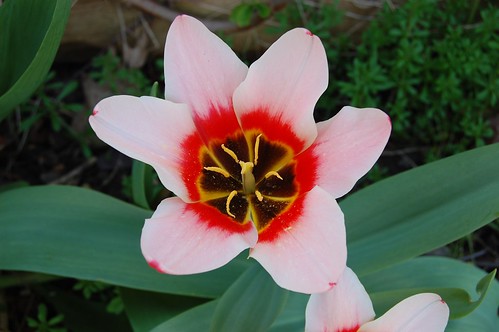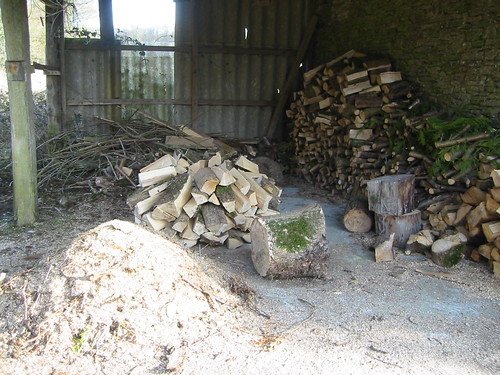
This isn't a picture of a Maca, nor is it the High Andes where Maca grows but it does share many characteristics with that climatically inhospitable place, the sunlight is intense and the wind bitingly cold and fresh.
In swaps this year I was fortunate enough to receive some seeds for Lepidium meyenii, Bolivian Maca, which is a rare high altitude crop of the Incas. Most of the Lepidiums are weedy things, regarded as pests and interlopers and in living in fear of herbicide whenever they venture close to agriculture but this particular cousin of the turnip and radish, is a vital crop in high altitude Bolivia and Peru where even potatoes, ulluco and mashua struggle.
It has also gained some celebrity as a superfood as it is alleged to have fertility enhancing properties and is now reputed to improve libido and help with menopause. Who knew? Well, the Andeans apparently who commended it to the Spanish to help with their herd animals as far back as the Conquest. In my not so humble opinion it's probably more to do with its ability to concentrate trace minerals from deficient soils than any intrinsic value to the root but that's just the start of a thesis and I don't suppose I'll be following up on it any time soon. Suffice to say, I doubt it's worth investing in large quantities of dried powder from dubious sources if you already have an adequate diet. Unless you're the sort of person who responds to homeopathy obviously.
However, despite all that, I'm quite eager to see what comes up from my seeds. The root is described as tasty and good to eat and more importantly can be dried and stored for long periods of time, years even, with little damage to its nutritional value. The sort of food that might well be useful when the end days come, and let's face it, anyone who's into agricultural biodiversity has half a mind on that most days. Don't they?
In fact, my only concern is that rural Normandy might just be too tropical an environment but we'll have to see. I'll be planting them on the windy side of the house, in full sun and hoping for the best.
By the way, the picture is actually of part of the coast of west Sweden, a rather special environment with a whole botany of its own to explore another time.



